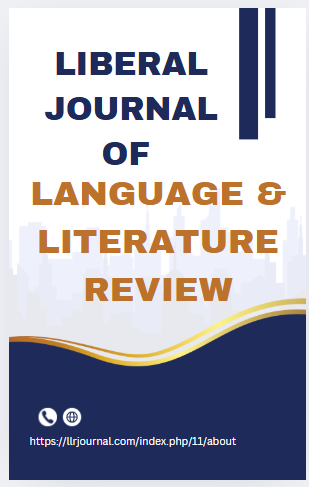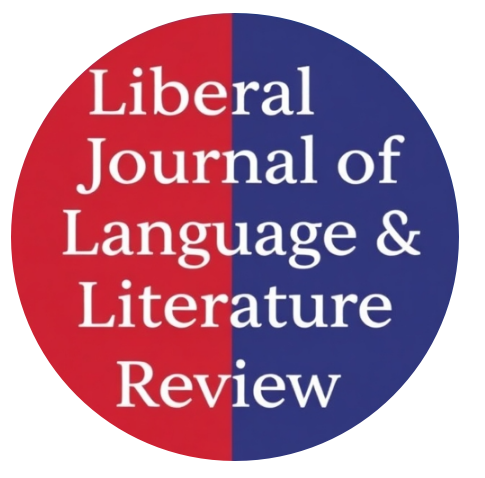Neology in Technology: Morphological Analysis of Naming Conventions in Internet Applications
Abstract
This study investigates the morphological construction, lexical innovation, and sociolinguistic influences in the naming conventions of English-language internet applications. Applying theories from morphology, neology, internet linguistics, and branding linguistics, this research explores how digital naming practices reflect linguistic creativity, cultural trends, and communicative efficiency in the evolving landscape of digital discourse. Through qualitative analysis of 50 prominent applications across ten categories, the study identifies prevalent morphological processes including compounding, blending, affixation, clipping, and metaphorical naming. Findings reveal that these morphological strategies serve critical functions in establishing brand identity, enhancing memorability, and ensuring semantic transparency in digital markets. The research demonstrates how neology in the technology sector responds to the unique linguistic and communication needs of the digital era, balancing innovation with clarity while reflecting broader sociocultural shifts toward personalization, global connectivity, and linguistic economy. This study contributes to applied morphology, digital sociolinguistics, and branding theory by providing a systematic framework for understanding the intersection of language innovation and technological branding.
Keywords: neology, morphology, internet linguistics, naming conventions, digital branding, word formation, sociolinguistics, lexical innovation




